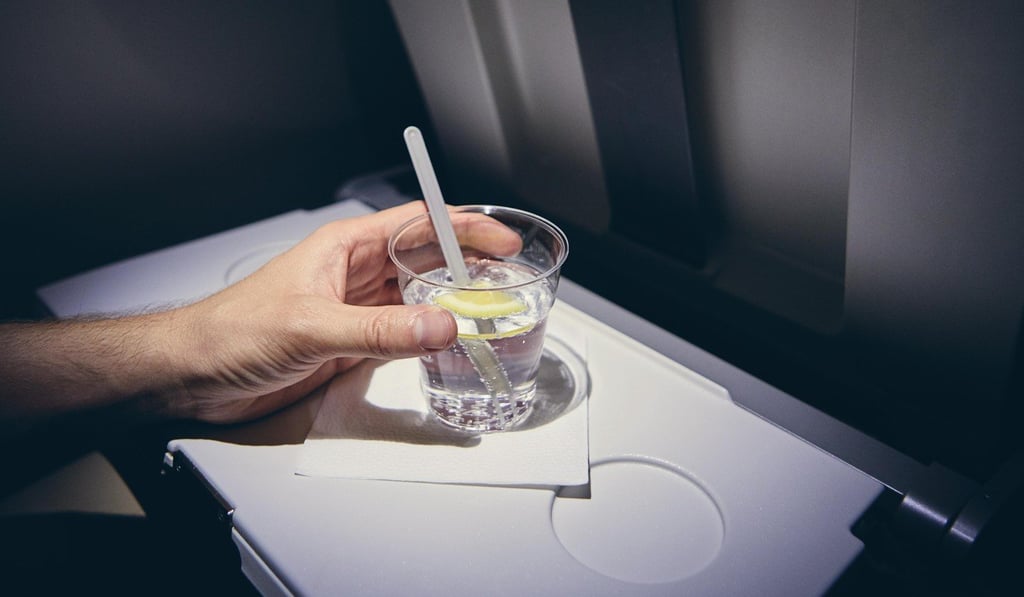Alcohol on planes: is it time for a ban? Plus what to do with a drunk neighbour
- Alcohol has fuelled some of the most horrific in-flight incidents in recent years, including loud confrontations, bloody brawls and sexual assaults
- For decades, the idea of a smoke-free flight was unthinkable, but now no one can imagine someone lighting up on board

On a recent Delta Air Lines flight between the US cities of Newark and Minneapolis, a passenger seated near Stephanie Wolkin downed five mini-bottles of vodka in rapid succession. By the time the plane landed, the intoxicated passenger had become violently ill, and Wolkin, a retired union worker from St. Paul, Minnesota, had earned 10,000 frequent-flier miles the hard way.
A majority of passengers drink when they fly, according to a new survey by Fractl, a marketing agency in Delray Beach, Florida. More than eight in 10 passengers say they have consumed alcohol while waiting at the airport, and that number increases to more than 90 per cent once in the air. Millennials are 10 per cent more likely to be intoxicated on a flight than older passengers, according to the survey.
Alcohol has fuelled some of the most horrific in-flight incidents in recent years, including loud confrontations, bloody brawls and sexual assaults. This summer, Irish discount airline Ryanair publicly called for restrictions on alcohol sales at airports and a ban on alcohol sales before 10am.
Few people actually talk about alcohol on planes beyond the physiological effects of consuming a few beers inside a pressurised aluminium tube.
How much should you drink on board? What should you do when someone next to you is drinking to excess? And have we reached a point where we should limit – or ban – alcoholic beverages on board?
